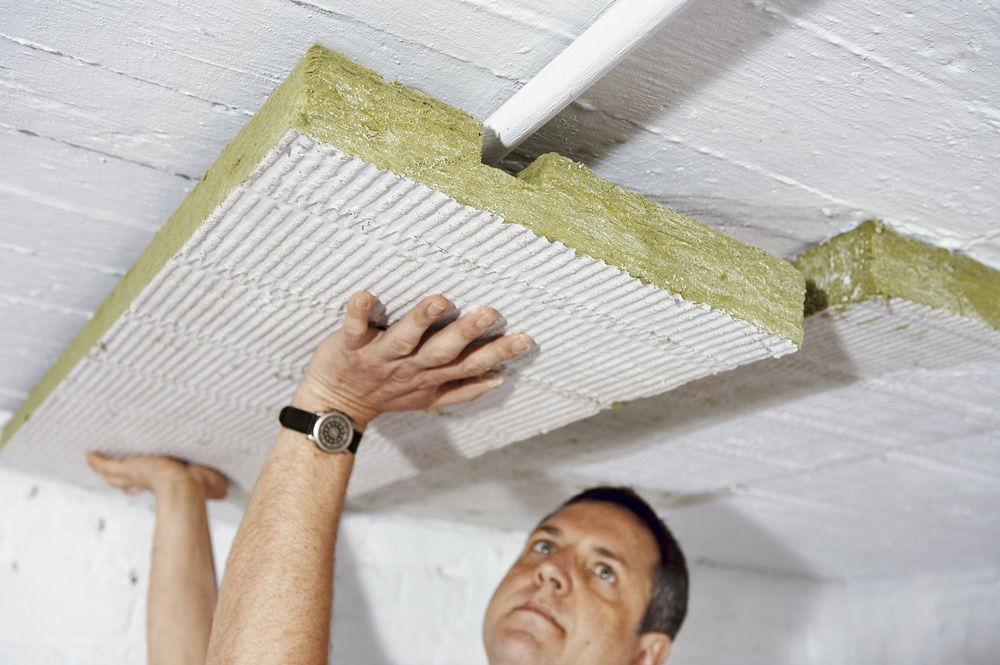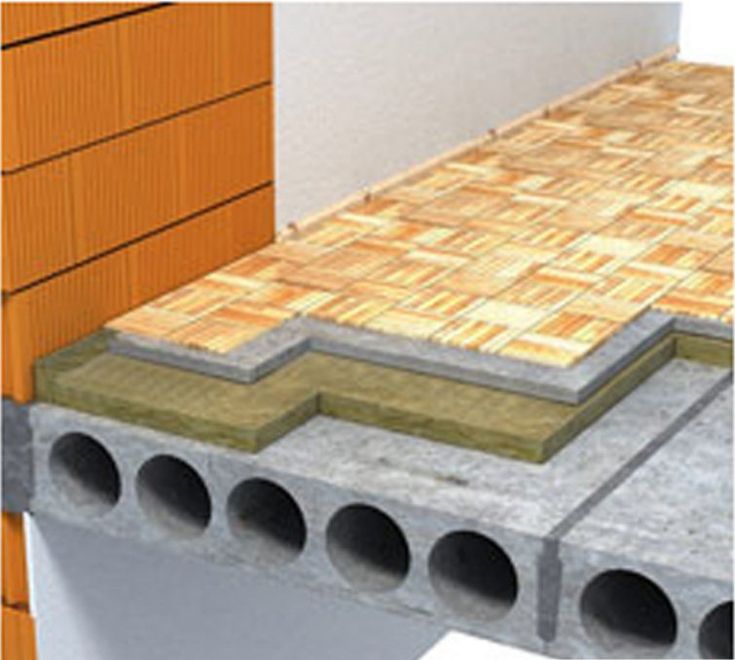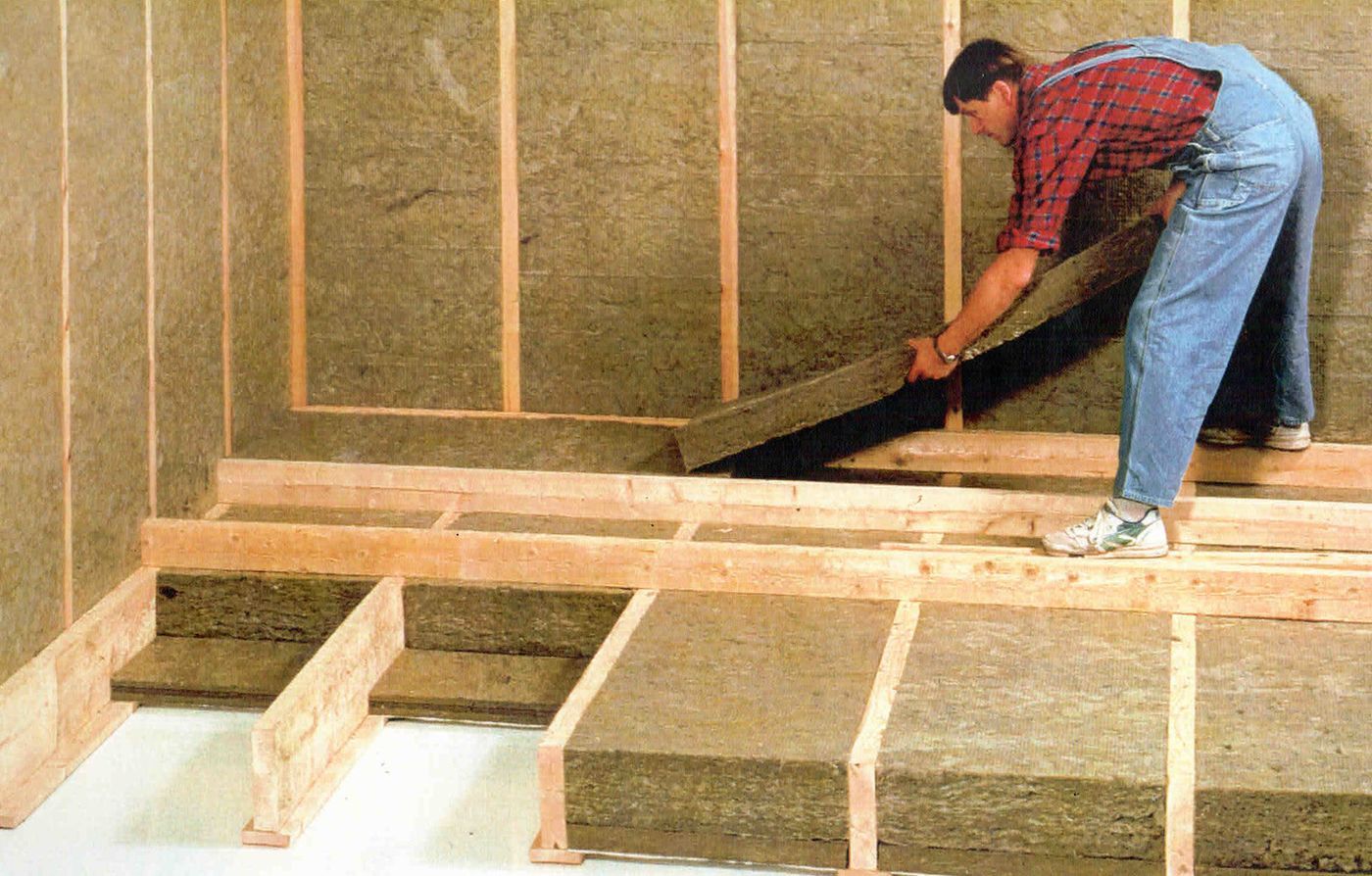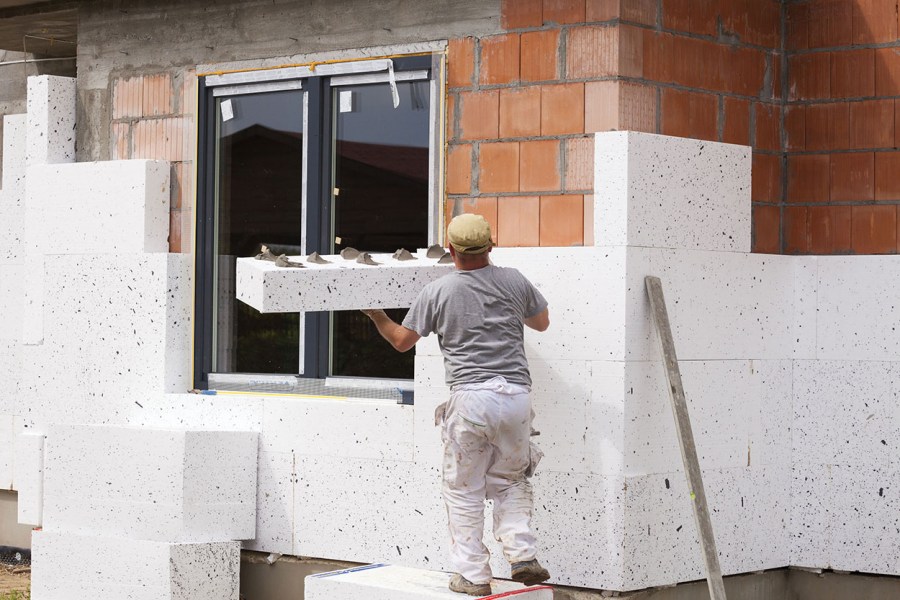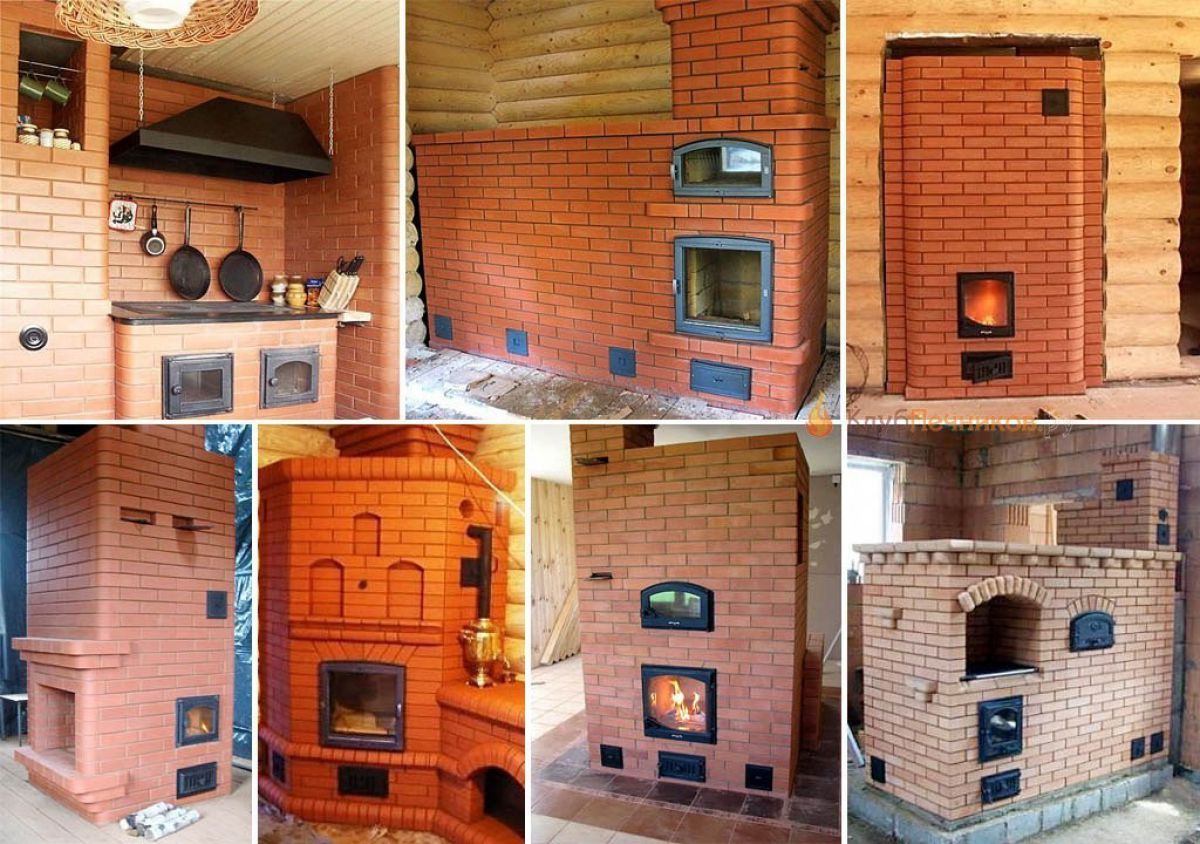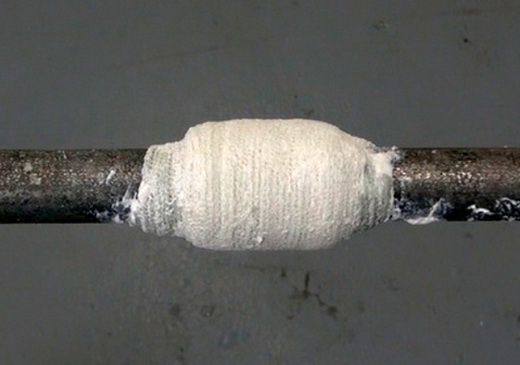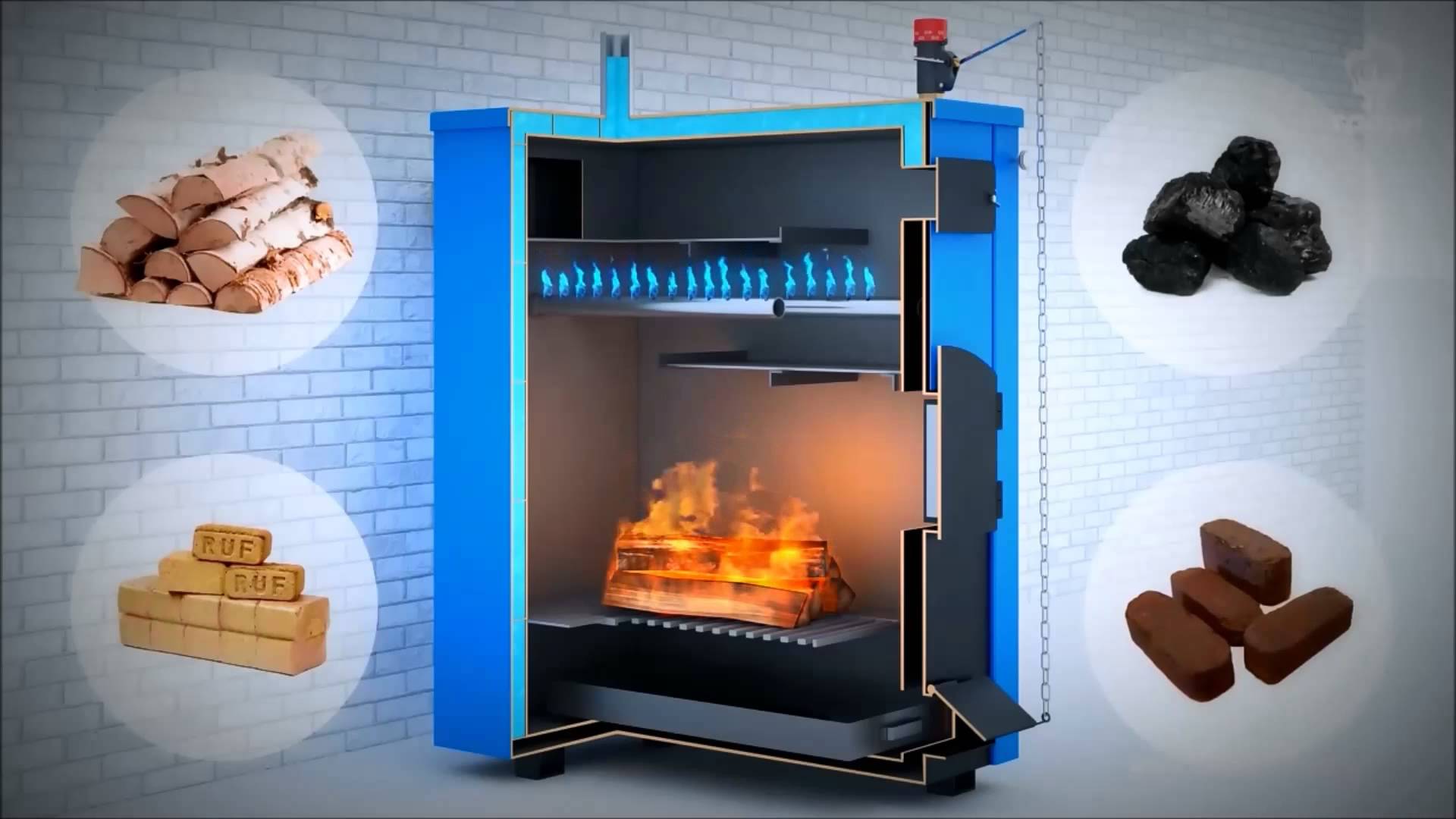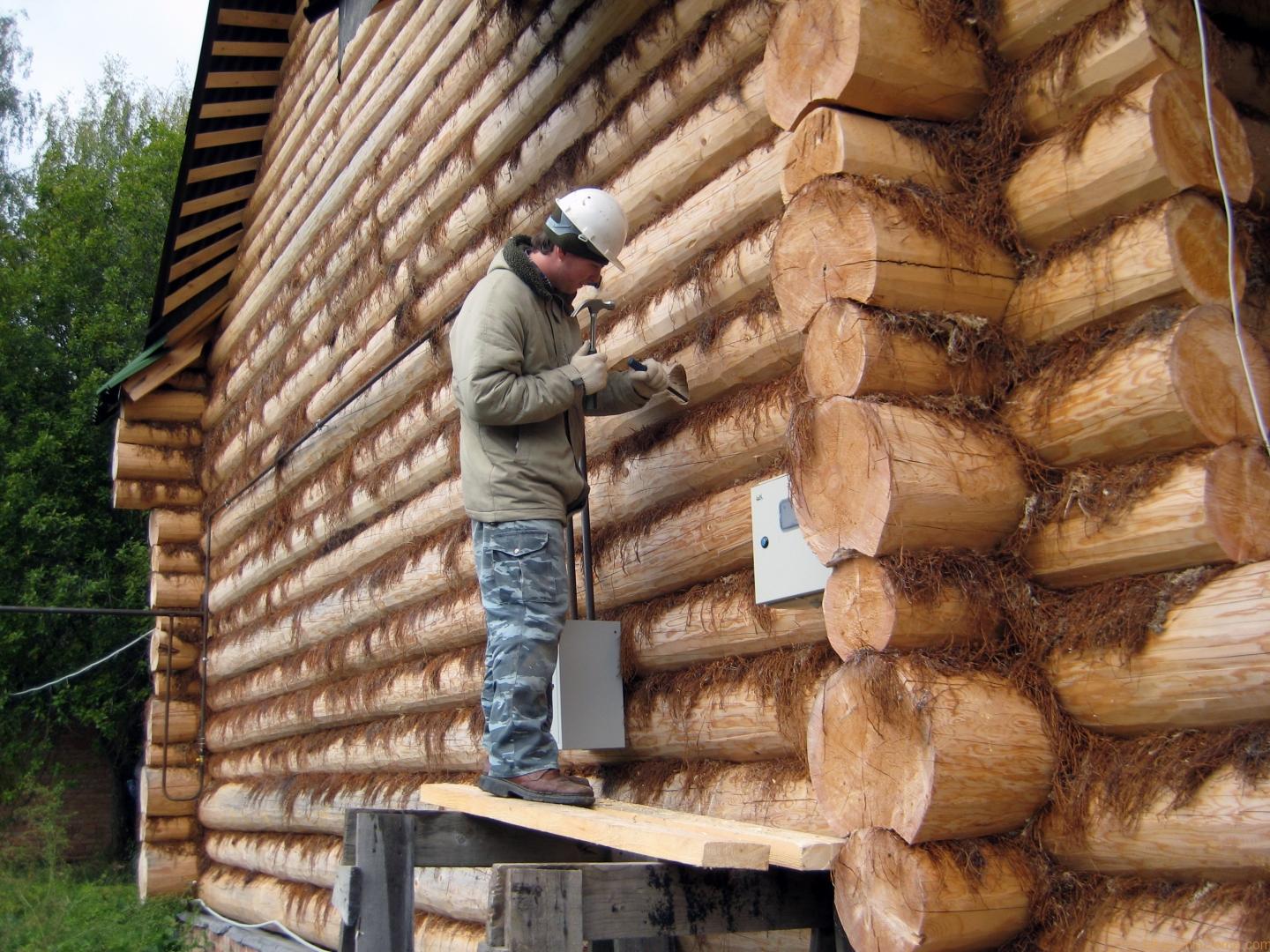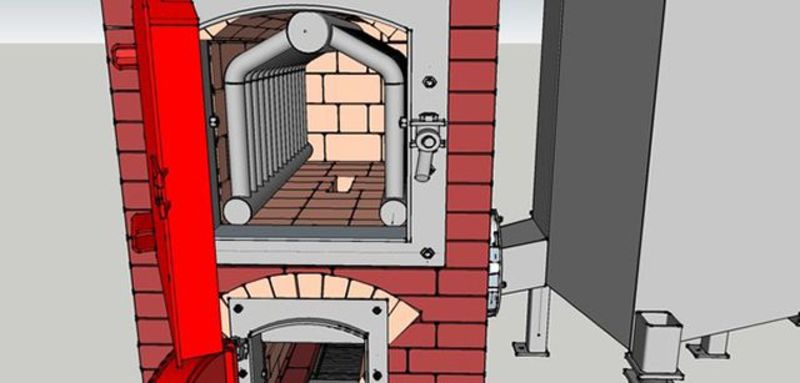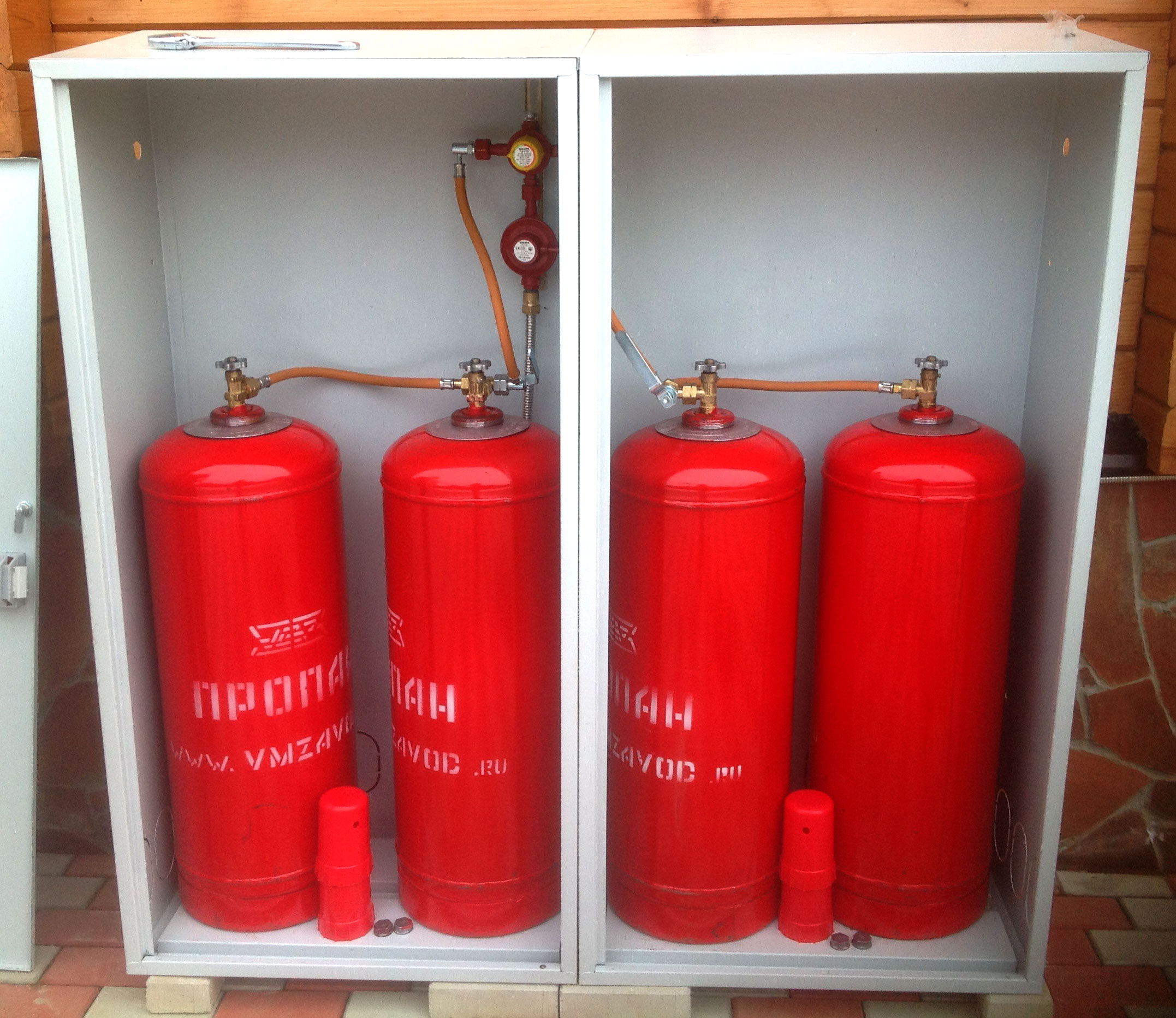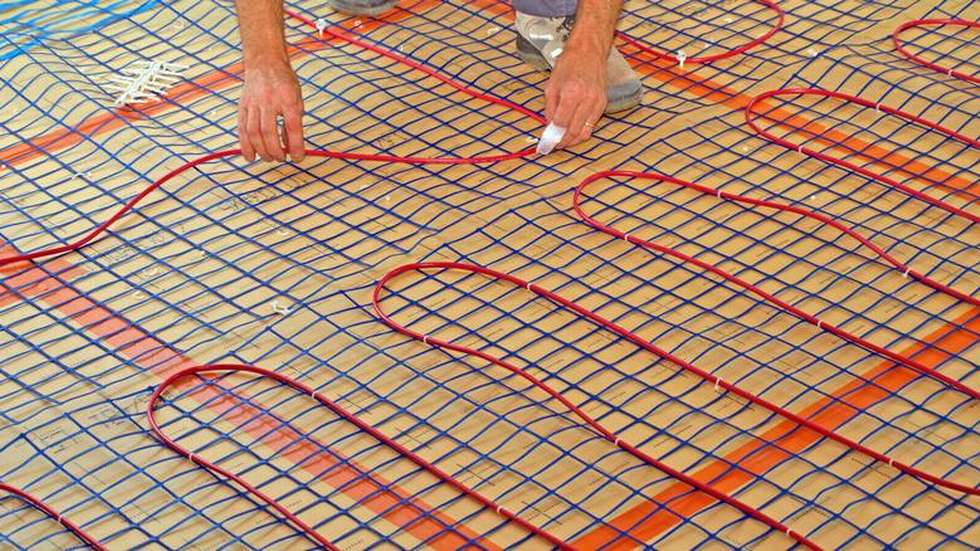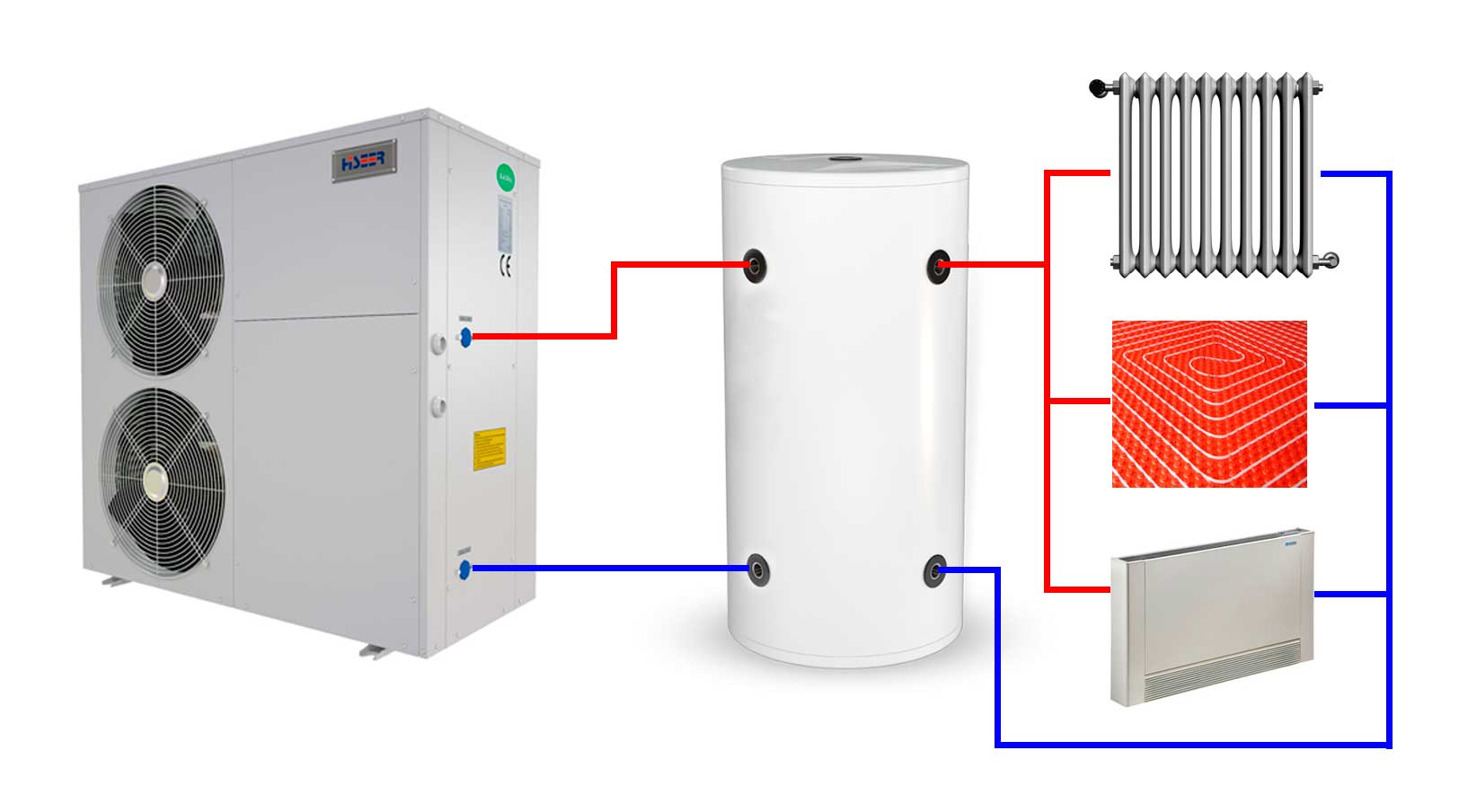Heating in the house
Review and selection of heating for a private house and its calculation
The heating system of a private house should provide an optimal temperature in the premises and be economical enough and easy to operate. When choosing the type of heating, one should take into account the area of the rooms, wall insulation, average winter temperatures, as well as the ability to supply water and gas. The maximum savings are provided by the construction of heating a private house with your own hands.
The most common home heating systems:
- water;
- electric.
Private house water heating
In water heating systems of a private house, water acts as a heat carrier. It is heated in gas or solid fuel boilers, less often electric ones. With the help of calculations for the heating of the house, the number and size of radiators, the scheme of the heating main are determined. The circulating pump drives the coolant through the pipes. The system provides maximum comfort when, in addition to batteries, a water heated floor is also connected to the boiler.
Sometimes the natural movement of the heat carrier is used, which is possible as a result of a change in the density of cold and hot water. But the wiring of such a system is done on a slope, observing certain rules. It is rather difficult to build it without spoiling the interior. And the maximum length of the highway is no more than 30 meters.
The water heat-insulated floor is very economical and convenient. First, the floor heats up, after which the warm air rises. Thus, at the bottom of the room where the residents are, the temperature is the most comfortable. There is no need to install batteries, which is taken into account when calculating the heating of the house.
Electric heating of a private house
The electric heating system of the house is good where it is not possible to equip a water one. Its advantages are quiet operation, fast heating of the room, simple operation and environmental friendliness. It is quite possible to assemble electric heating at home by hand. However, the high price of electricity makes this type of heating the least attractive.
Electric heaters are installed as additional ones to ensure the required temperature.
Electric heating options:
- Cable... The house heating circuit consists of an electric cable and a thermostat. The heating cable is filled with a screed. It connects to a thermostat that maintains the required air temperature. The floor warms up evenly, warm air rises from it.This home heating system is often installed in bathrooms;
- Electric mat... The same electrical cable is attached to the glass mesh in the form of a mat. It is easier to install than a heating cable;
- Film infrared heating... A carbon rod is passed between two thin layers of polymer. Infrared rays quickly heat floors, walls and furniture, transferring heat to the air. This scheme of heating the house is regulated by the same thermostat. Each room is set to the optimum temperature, which makes electric floors more economical.








